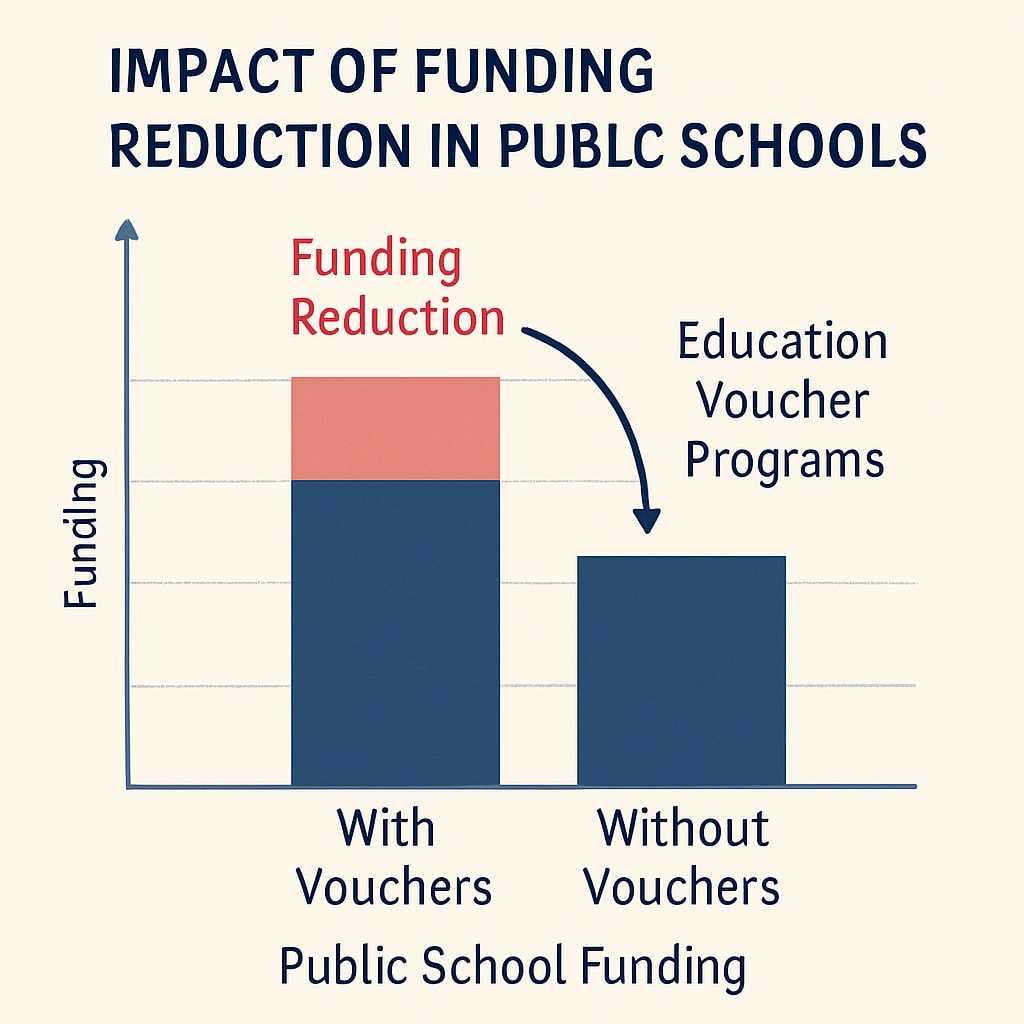The rapid expansion of education voucher programs, such as those in Arizona, is transforming the K-12 education system across the United States. These programs, which allocate up to $7,500 in funding per student, are creating both opportunities and challenges. For public schools, the competition for student recruitment is intensifying as resources are redistributed. This article explores the impact of education vouchers on public schools and offers potential strategies for their survival.
Understanding the Education Voucher System
Education vouchers are government-funded subsidies designed to give families greater choice in selecting schools for their children. These funds can be used to offset tuition at private institutions, charter schools, or even homeschooling expenses. Advocates argue that vouchers empower parents and increase competition among schools, leading to higher educational standards. However, critics question the long-term effects on public school funding and equity.

The Impact on Public Schools
The introduction and expansion of voucher programs have significant implications for public schools. As students leave public schools for private or charter options, funding tied to student enrollment decreases. This reduction can lead to larger class sizes, diminished programs, and limited resources.
For example, in Arizona, where the education voucher program has expanded statewide, public schools are experiencing a notable decline in enrollment. According to recent data, districts in rural and low-income areas are disproportionately affected. These schools often lack the resources to compete with private institutions in terms of facilities, extracurricular offerings, and specialized programs.
In addition, public schools are tasked with accommodating all students, including those with special needs or language barriers. With fewer resources, meeting these diverse needs becomes increasingly challenging, potentially widening the gap in educational outcomes.

Strategies for Public School Adaptation
While the challenges are significant, public schools can adopt proactive measures to ensure their survival and relevance in this shifting landscape. Below are some strategies:
- Enhancing Program Quality: Public schools can focus on developing specialized programs, such as STEM (Science, Technology, Engineering, and Mathematics) or arts education, to attract and retain students.
- Community Engagement: Building strong relationships with local communities can help foster a sense of loyalty and support for public schools. This includes transparent communication about funding challenges and success stories.
- Leveraging Technology: Incorporating cutting-edge technology and offering online learning options can help public schools remain competitive with private institutions.
- Advocacy for Policy Change: Public schools can work with policymakers to advocate for funding models that ensure equitable resources, regardless of voucher program expansion.
The Future of Public Education
The expansion of education voucher programs presents both challenges and opportunities. For public schools, this is a defining moment that requires adaptability and innovation. While the financial strain is undeniable, the potential for positive transformation exists. By focusing on quality education, community support, and equitable policies, public schools can continue to play a vital role in shaping the future of education in America.
As the debate over education vouchers continues, policymakers, educators, and families must collaborate to ensure that the needs of all students are met. Balancing choice with equity will be key to creating a robust and inclusive educational system.
Readability guidance: This article uses clear, concise language with short paragraphs and lists to enhance readability. Transition words such as “however” and “in addition” are used to maintain flow and coherence. The content avoids overuse of passive voice and long sentences, ensuring accessibility for a broad audience.


